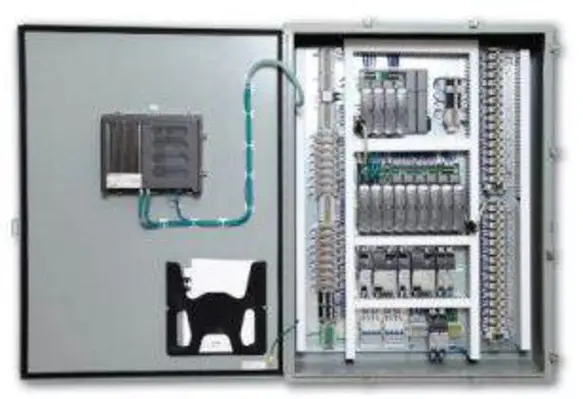Rockwell Automation has introduced OptiSIS solution that gives industrial operators a pre-engineered safety instrumented system and can help ease deployment and reduce lead times for small and mid-sized process applications
The OptiSIS solution is ideal for oil and gas, chemical and petrochemical producers with aging process-safety systems that are either non-compliant or can no longer be maintained.
Rockwell Automation packages solutions program manager Mark Eldredge said, “Replacing or upgrading a process-safety system using a custom-engineered approach can be costly and time-consuming. The OptiSIS solution can reduce lead time by more than 30 per cent, leading to faster and more cost-effective SIS deployments.”
The pre-engineered OptiSIS solution is delivered ready to install, wire and configure, shortening the overall engineering time and eliminating the need for any programming. Users need only enter their logic scenarios into the system’s cause-and-effect graphical interface. The configurations are tested and can then be stored for verification against original safety function requirements — or used at a later date to restore the system to a known state.
Global technology director for Systems and Solutions at Rockwell Automation Allan Rentcome, added, “Packaged solutions from Rockwell Automation are designed to help industrial operators fill capability gaps and address their specific business challenges.
“With the OptiSIS solution, industrial operators now have a packaged solution for safety applications that historically may have been too small to justify the investment.”
The OptiSIS solution is designed for SIS applications of 50 or 100 I/O points, including emergency shutdown (ESD) systems, burner-management systems (BMS) and high-integrity pressure protection systems (HIPPS).
The pre-engineered OptiSIS solution requires the users to simply enter their logic scenarios into the system’s cause-and-effect graphical interface. The configurations are tested and can then be stored for verification against original safety function requirements.





